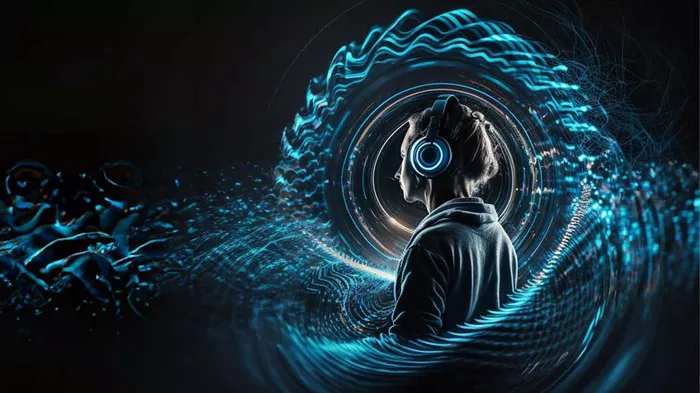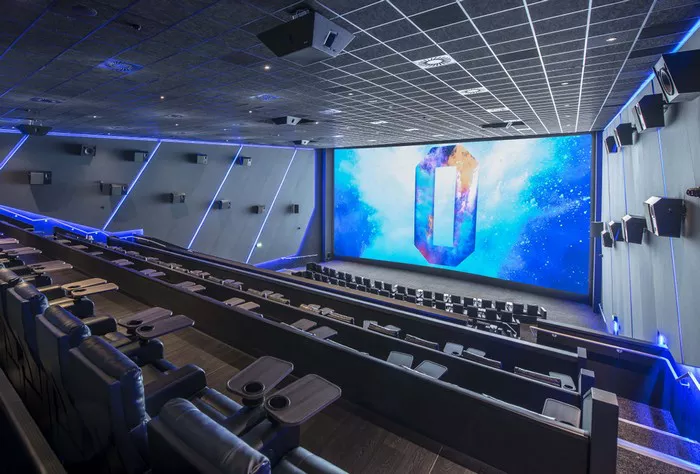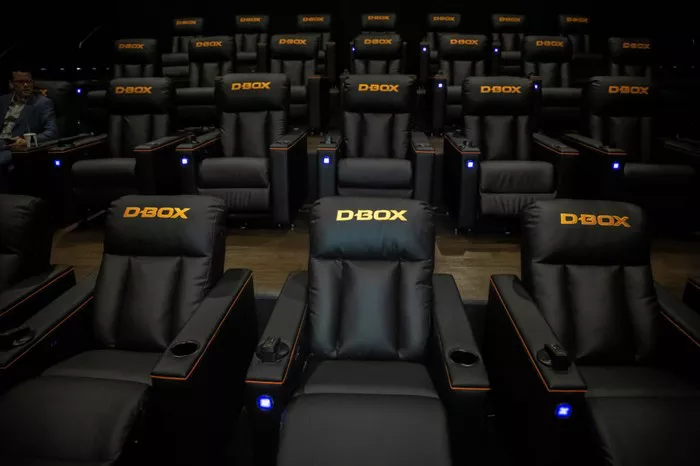In recent years, 8D music has captivated the imagination of music enthusiasts across the globe, offering an immersive auditory experience that transcends traditional stereo sound. With its mesmerizing effects and seemingly three-dimensional soundscapes, 8D music has sparked curiosity and fascination among listeners and creators alike. In this article, we delve deep into the intricacies of 8D music, exploring its origins, underlying principles, production techniques, and the psychology behind its immersive appeal.
Origins of 8D Music
To understand the phenomenon of 8D music, it’s essential to trace its origins. While the term “8D music” may suggest the existence of eight dimensions, it actually refers to an audio processing technique that simulates spatial depth and movement within a stereo track. The origins of this technique can be traced back to the field of binaural audio, which aims to replicate the natural hearing experience by capturing sound through two microphones placed in the ears of a dummy head.
The concept of binaural audio dates back to the late 1800s when inventors experimented with methods to record and reproduce spatialized sound. However, it wasn’t until the advent of modern recording technology and digital signal processing that binaural audio could be effectively utilized in music production.
Understanding the Principles
At its core, 8D music relies on the manipulation of spatial cues to create the illusion of movement and depth. This manipulation is achieved through a combination of panning, volume modulation, equalization, and reverberation effects. By strategically placing sound elements within the stereo field and modulating their intensity and timing, producers can create a sense of immersion that transcends traditional stereo playback.
One of the key principles behind 8D music is the concept of spatialization, which involves placing sound sources at different locations within the stereo field to simulate the perception of distance and directionality. This spatialization is achieved by applying psychoacoustic principles, such as interaural time and level differences, which exploit the way the human brain processes auditory information to localize sound in space.
Production Techniques
The production of 8D music involves a series of intricate techniques and processes aimed at manipulating the spatial characteristics of the audio. One of the primary techniques used in 8D music production is binaural panning, which involves moving sound sources around the stereo field to create the sensation of movement and spatial depth.
Binaural panning is often combined with techniques such as amplitude modulation and frequency filtering to further enhance the spatialization effect. By modulating the volume and frequency content of sound sources as they move within the stereo field, producers can create dynamic and immersive soundscapes that envelop the listener in a three-dimensional auditory experience.
Additionally, reverberation and spatial effects processors are often used to add depth and spaciousness to the sound, further enhancing the illusion of a multi-dimensional environment. These effects are carefully calibrated to simulate the acoustics of different environments, from intimate concert halls to vast cathedrals, adding another layer of realism to the 8D listening experience.
Psychological Impact
The immersive nature of 8D music has profound psychological effects on the listener, engaging not only the auditory senses but also triggering emotional and cognitive responses. Research in psychoacoustics has shown that spatialized audio can evoke strong emotional reactions and enhance the perceived realism of soundscapes.
One of the key psychological mechanisms behind the appeal of 8D music is the phenomenon of presence, which refers to the feeling of being physically present in the audio environment. By creating a convincing illusion of space and movement, 8D music can transport listeners to virtual landscapes and evoke a sense of immersion that transcends the limitations of traditional stereo playback.
Moreover, the dynamic nature of 8D music, with its swirling melodies and shifting soundscapes, can induce trance-like states and alter the listener’s perception of time and space. This immersive quality has led to the use of 8D music in therapeutic contexts, such as relaxation and meditation, where it can promote stress relief and mental well-being.
Future Directions
As technology continues to evolve, the possibilities for 8D music are virtually limitless. Advancements in virtual reality and spatial audio processing are opening up new avenues for creative expression and immersive storytelling, allowing artists and producers to push the boundaries of what’s possible in the realm of audio production.
Furthermore, the growing popularity of streaming platforms and online communities dedicated to 8D music is fueling innovation and collaboration within the industry. With access to a global audience and powerful digital tools, creators are experimenting with new techniques and formats to deliver even more immersive and interactive listening experiences.
Conclusion
8D music represents a fascinating intersection of art and technology, offering listeners a glimpse into the future of audio entertainment. By harnessing the power of spatialized audio and virtual environments, 8D music transcends the limitations of traditional stereo playback, immersing listeners in a world of sound that’s as captivating as it is transformative. As we continue to explore the possibilities of 8D music, one thing is certain: the journey towards auditory enlightenment has only just begun.


























